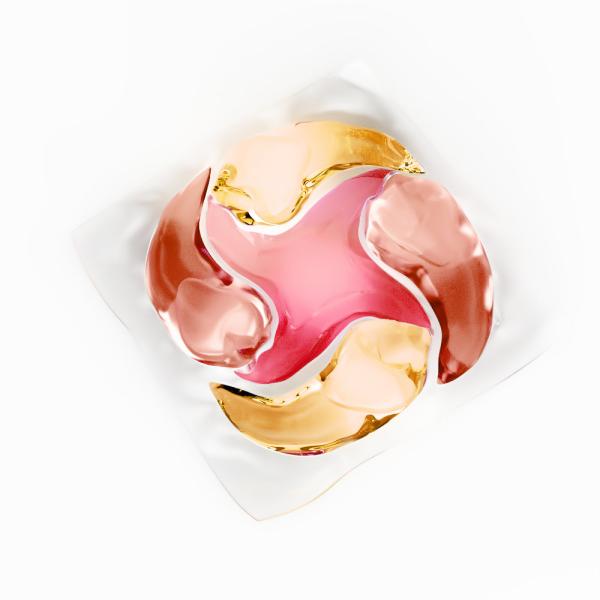Are you making these 7 common laundry mistakes?

Washing clothes - is a seemingly simple daily chore, especially nowadays when washing machines are everywhere. Throw the clothes in, add detergent, and let the machine work its magic. But does this method deliver clean and safe results? The wrong washing method can not only reduce the quality of clothes, making them stiff and stale, but also cause various skin problems such as molluscum contagiosum, tinea corporis, and tinea pedis. Let's take a look at some common laundry mistakes and learn how to avoid them.
Mistake 1: The more detergent, the cleaner the clothes.
Many people think that using more detergent or washing powder can ensure more thorough cleaning. However, this is a misunderstanding. The cleaning effect is not linearly related to the amount of detergent used. Excessive use can cause rinsing difficulties and residue accumulation, gradually making the fabric hard and aged. Manufacturers provide recommended dosages based on the size of the load. Following these guidelines is key to maintaining the quality of fabrics.
Mistake 2: Is one detergent better than the others?
In the past, detergents and soaps dominated, but washing powder became popular for its convenience and mildness. However, each detergent has its own advantages.
Laundry detergent: Derived from petroleum, with added phosphorus and other agents, it excels at removing stains. Great for heavy items like coats, jeans, and upholstery. However, its solid form can leave a residue and irritate the skin.
Washing powder: Similar in ingredients, but more hydrophilic. While not as effective as powder, it rinses out easily and leaves clothes softer. There are special formulas for delicate fabrics like wool and silk. Choose a neutral variant (pH 4.5 - 8) to minimize damage.
Soap: Made from vegetable oils, it is gentle on skin and fabrics. Great for baby clothes and underwear. Hand washing with soap preserves fabric integrity and comfort.
Mistake 3: Scrubbing stains?
Faced with stains, many people instinctively scrub vigorously. This often exacerbates the problem and enlarges the stain. Prompt and correct stain removal is essential.
Blood stains: A paste of starch, salt, and soap can absorb and remove stains. Apply, press, then gently rinse and scrub with soap and water.
Fruit and coffee stains: Immediately apply toothpaste to remove stains. Scrub gently with a wet toothbrush.
Sweat stains: Baking soda paste emulsifies grease. For yellowing stains, add lemon juice to neutralize the alkalinity.
Mold stains: Bleach in hot water dissolves mold. Soak for one hour, then rinse thoroughly.
Mistake 4: Warm water always works better.
While warm water generally enhances stain removal, the optimal temperature depends on the fabric type. Cotton fabrics work best at 40°C - 50°C, wool fabrics at around 35°C, and linen fabrics at below 30°C. Enzyme-based detergents also have a temperature-sensitive activity peak around 40°C. The wrong water temperature can damage fabric structure, causing fabrics to shrink, fade, or lose shape.
Mistake 5: Soaking indefinitely to make clothes cleaner?
Soaking is often touted as a shortcut to cleaning. However, over-soaking can cause dissolved dirt to be redeposited, increasing the risk of fading. Limit soaking time to 15 minutes for ordinary clothes and 30 minutes for thick clothes.
Mistake 6: Closing the washing machine lid after washing.
After the wash cycle is over, the moisture left in the machine promotes the growth of bacteria and mold. Leave the lid open for 30 minutes to an hour to ventilate. Clean the machine regularly with a special detergent every two months to maintain hygiene.
Mistake 7: Throwing all clothes into the washing machine?
Indiscriminately mixing all clothes can cause color transfer and cross-contamination, especially for people with skin conditions. Sort clothes by color, wash underwear separately, and follow care labels. Use laundry bags to prevent stretching and deformation. For new, brightly colored clothes, soaking them in vinegar or salt water first can reduce fading. Always dry immediately after washing to prevent mold and odor.






